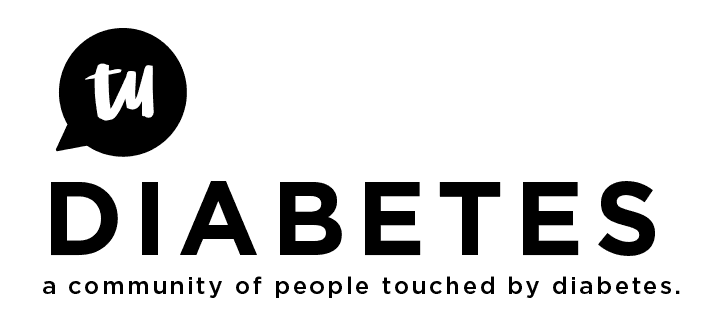Continuing on from my previous post:
I ended up running in the upper half of my target range all morning Saturday despite doing “nudges” with small boluses, and then in the afternoon was outright high. So I decided to up my basal rate by an additional 0.05 u/hr and used 1:7 for my I:C ratio. But then I had a low in the evening and another overnight, so I put those settings back to what they’d been Saturday morning after only about 12 hours.
Sunday was pretty good. I again went high during the late morning and early afternoon. So, I decided to bump up only my basal segment from 6:00 AM to 9:00 PM by 0.05 u/hr, rather than bumping up everything. The evening seemed fine.
But then the clock ticked over to Monday, and this happened:

Suddenly, out of nowhere, my settings all seemed way too high. I got very little sleep overnight and I spent the morning trying to take minutes at a meeting while simultaneously trying to shut my CGM alarm up every 15 minutes and eat an entire tube of glucose tablets (while trying to look as inconspicuous as possible in front of 15 of my colleagues).
Around noon I lowered all my pump settings right back to where they had been on Friday. Despite this, I had to eat about 30 grams of carbohydrates without a bolus throughout the afternoon, and I had another low as I was commuting home. I’ll leave my settings the way they are for now and see how things unfold.
It’s times like these that I find myself fighting not to get frustrated with diabetes. I put a lot of work into it and try my best to respond to changes and also consider what’s coming up so that I can try to manage it the best I can. It can be very, very, very frustrating when I do that and things still go so wildly out of control. I also strongly suspect that having blood sugars that are far out of range for hours (not to mention not getting a good night’s sleep) contribute to my feelings of frustration.
There was a time when I used to feel angry and frustrated after nearly every high reading. Since getting the Dexcom, I try not to get emotional about my blood sugar, but rather just respond to it as best I can. Maybe I was wrong about hormones, but maybe not. I tend to have a period of time right in the middle of the month where I struggle like this, bouncing without warning between high and low, as if my body isn’t quite sure what it wants to do. Maybe it was something entirely different (forefront in my mind is an evolving notion that different infusion sites—arms, legs, stomach, hips—absorb differently, but I have no idea yet how I’d respond to such changes if they are this drastic, since sites do need to be rotated).
So, even though I don’t know exactly why such rapid shifts happen, I just try to deal with it as it happens, consider what it might have been in case it happens again (so I can pick up on a pattern more quickly), and try to keep emotions out of it. But if the CGM has shown me anything, it’s definitely vindicated my sense that things were randomly inconsistent even when my food/routine/activity didn’t chagne at all!









